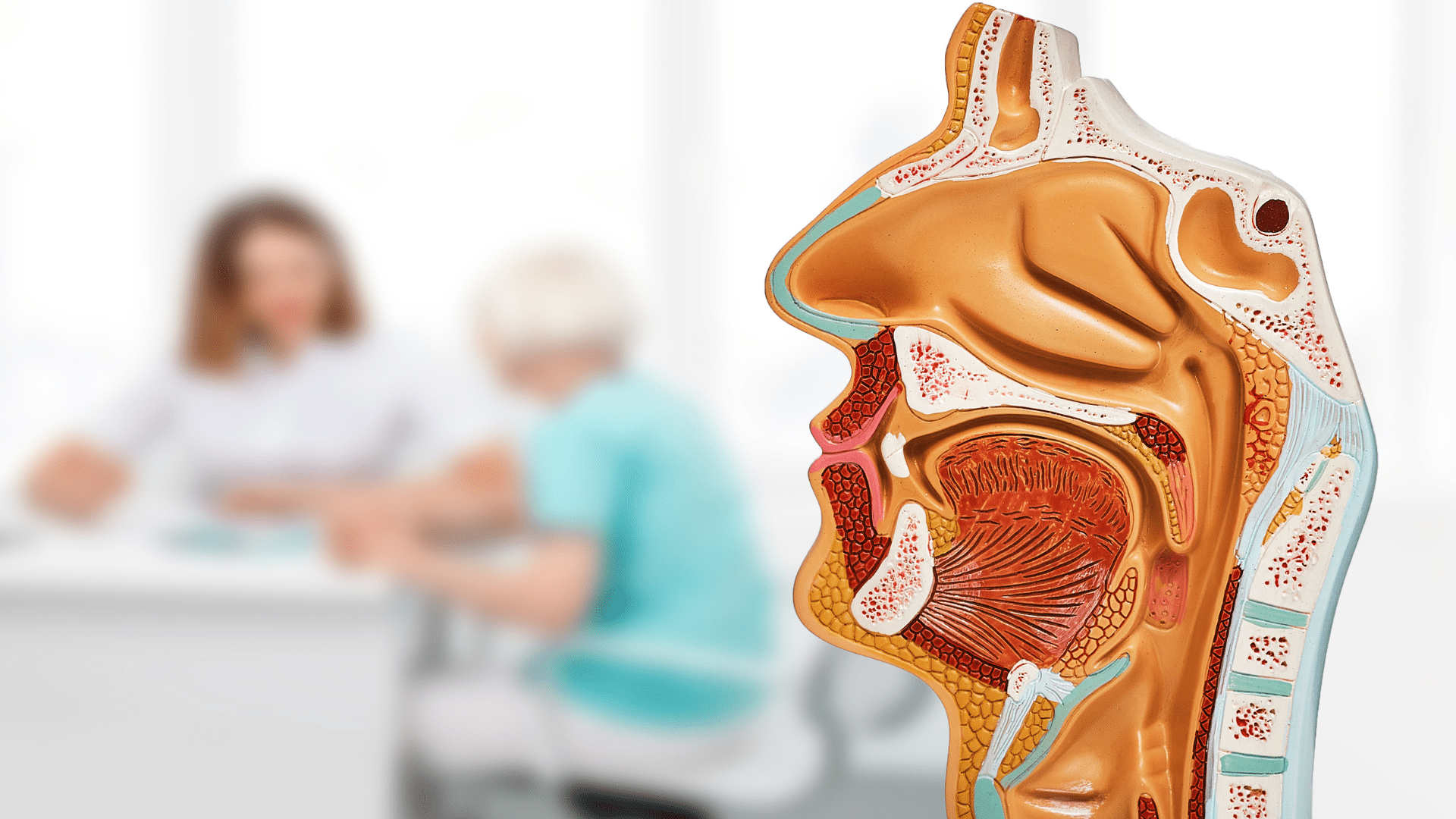The nose serves an abundance of purposes, such as it provides air for respiration, senses smell, filters the air, warms and moistens the air, and cleans itself of foreign debris. It’s clear to sniff out that a lot of vital bodily functions are happening right under the surface of your own nose. Below, we detail everything you need to know about nose anatomy, such as its nasal structure and how it carries out functions, as well as list important tips so that you can keep your nose in optimal health.
Anatomy of the Nose
The nose is a prominent aspect of your facial appearance and provides numerous important bodily functions. A nose will contribute to the sound of your voice, conditions air as it enters your body, provides the defense mechanism of scent, and contributes to your sense of well-being. A human nose takes a similar shape as to that of a pyramid, or professionally referred to as the external meatus. Inside, the nose consists of the following parts:
- Skin — The external and internal surfaces of the nose.
- Bone — Bone, or cartilage, supports the bridge, sides, width, and height of the nose, as well as helps supports the overall shape.
- Nasal Cavity — The hollow cavity at the back of the nose that air flows through.
- Septum — Made of thin cartilage, the septum divides the nose into two nostrils.
- Sinuses — Hollow chambers which fills with air, located in the cartilage around the nose. The human nose has four sinuses, being the Sphenoid sinus (behind your nose), the Ethmoid sinus (between your eyes), the Frontal sinus (behind your forehead), and the Maxillary sinus (behind your cheekbones).
- Mucous Membrane — A thin tissue which makes the sticky mucus that lines the nose, sinuses, and throat. Mucus helps clean the incoming air of dust and other small particles.
- Turbinates — Curved and bony ridges on each side of the nose that warms and moistens the incoming air.
Common Nose Conditions
Cartilage is a form of thin bone, which is why broken noses occur so commonly. Additionally, several disorders can affect normal nose function, which includes the following:
- Allergic Rhinitis, Sinus Infection, or a Cold: Symptoms may include nasal irritation, sneezing, or a stuffy nose.
- Deviated Septum: Either from birth or due to an injury, a deviated septum occurs when your septum is off-center. Symptoms include nasal congestion, breathing issues, and headaches.
- Nasal Polyps: Read our article on nasal polyps here.
- Turbinate Conditions: Your turbinate may have excessive tissue, leading to a nasal obstruction and difficulty breathing.
- Cancer: Nasopharyngeal cancer can be found inside your nose. Symptoms include difficulty breathing, speaking, or hearing.
Preventing Nose Conditions
Employ the following tactics to ensure that your nose remains healthy:
- Avoid smoking.
- Stay hydrated.
- If dry, squirt saline water into nasal cavities.
- Use a humidifier.
While the above tactics help, in truth, preventing harmful particulate matter from entering your nasal cavities is the best way to ensure optimal nose health. This is why we don’t recommend anyone to remove nose hairs as they serve a purpose to help filter dirt and debris. Additionally, regularly cleaning your living space of dust and other allergens is vital to maintain the cleanliness of your nasal cavities.
While our nasal passageways try their best when it comes to filtering harmful particulate matter, they aren’t perfect. That’s why O2 Nose Filters are such an effective solution when it comes to improving our nasal health. Nose filters are a discreet, effective option to protect against airborne particulate matter. The O2 Nose Filter uses 3M’s patented AEM™ electrostatic technology to capture allergens, viruses, and other particulates, making them a valuable tool for anyone who wants to drastically limit the pollutants and pollens they breathe in daily.

BLOCK IT OR BREATHE IT
Click here for a FREE (+S&H) sample pack to see which size works best for you!



